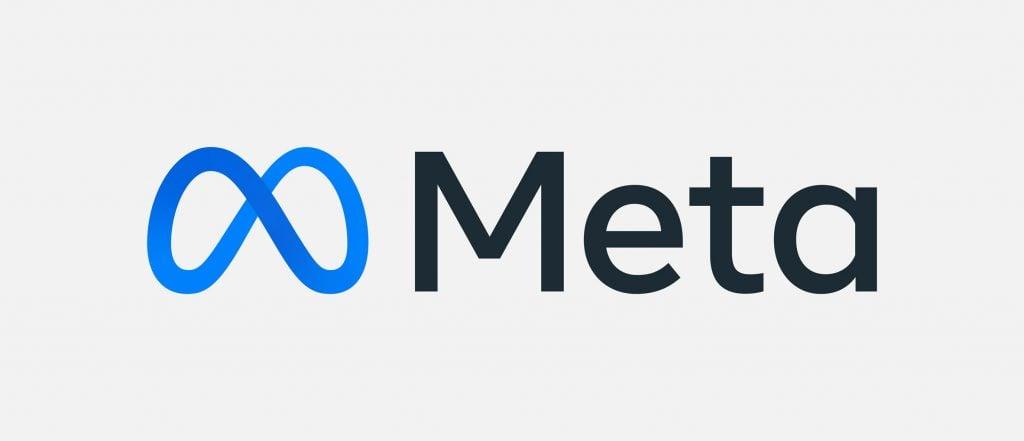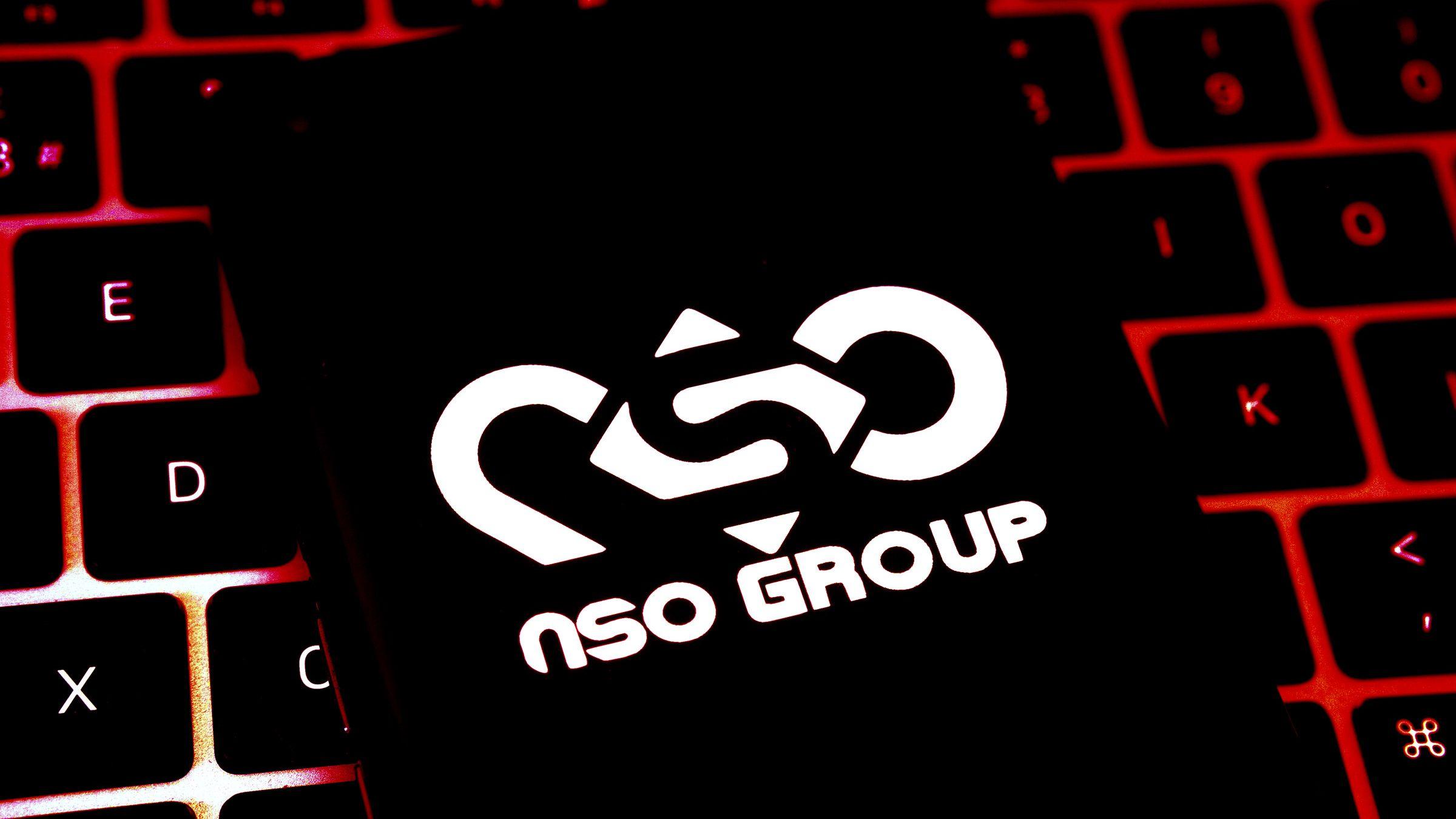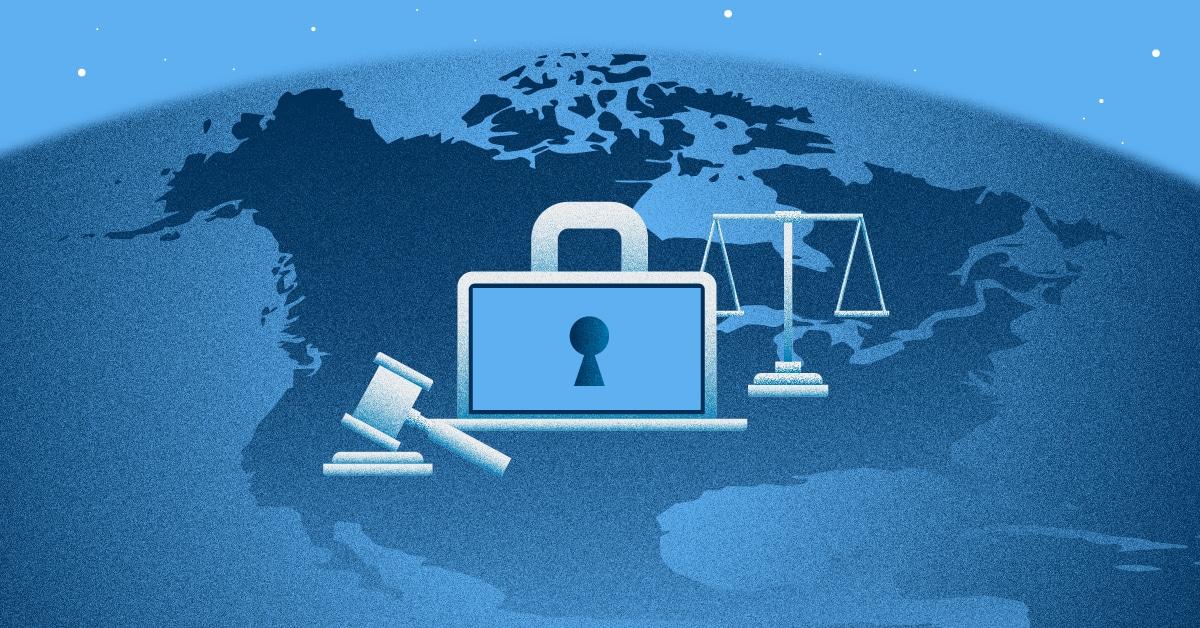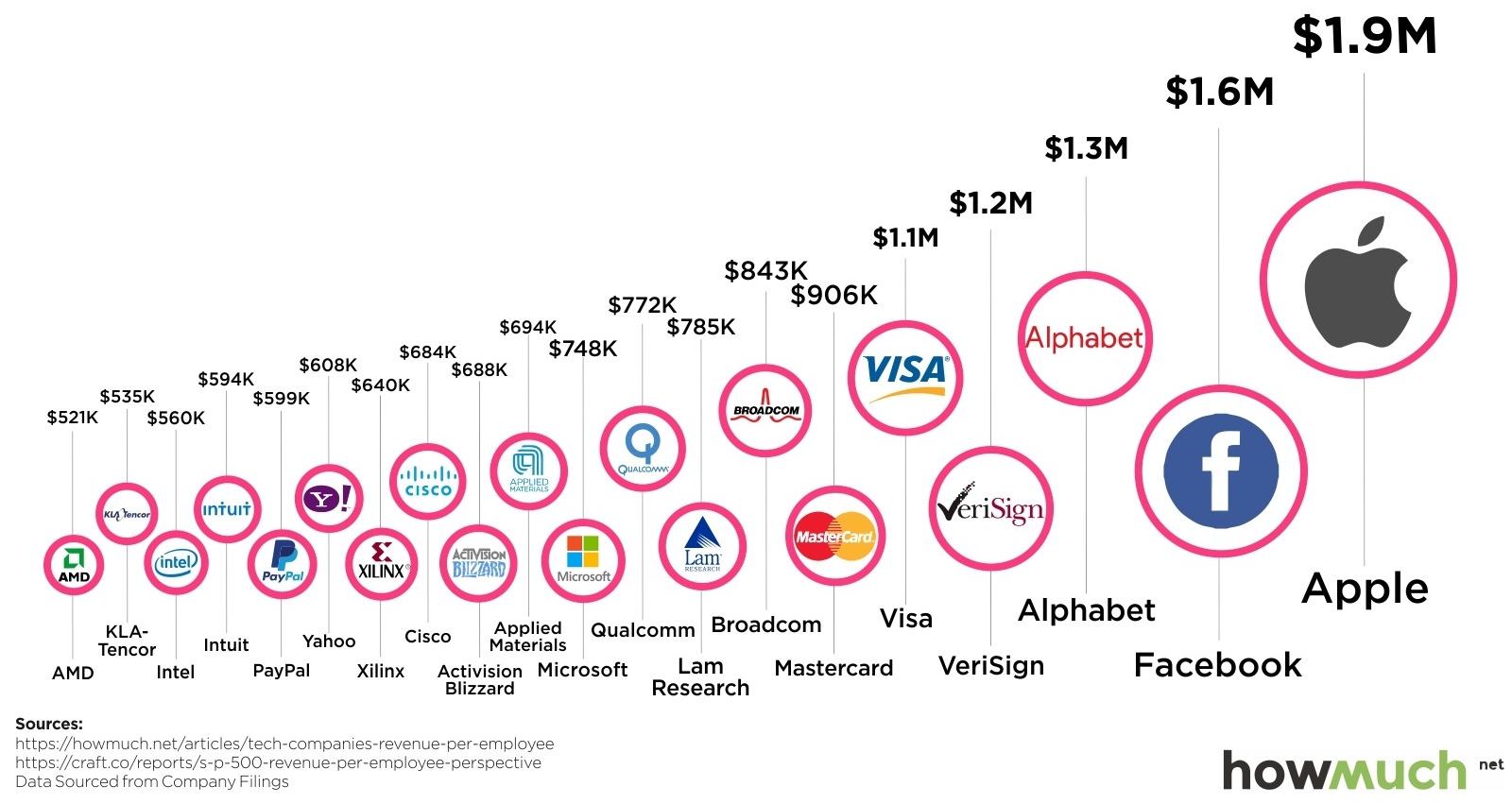



In a landmark legal battle that underscores the ongoing struggle between tech giants and cybersecurity threats, Meta has emerged victorious against the controversial Israeli spyware firm, NSO Group. The court’s decision to award Meta $168 million in damages marks a notable moment in the tech industry, raising questions about the ethical implications of surveillance technology and the responsibilities of firms operating in this intricate landscape. As debates about privacy, security, and corporate accountability continue to fuel discourse in an increasingly digital world, this case serves as a pivotal reference point in understanding the intersection of innovation and ethics. Join us as we delve into the details of this high-stakes confrontation and explore its broader implications for both corporations and consumers alike.
Meta’s recent legal achievement against the NSO Group not only culminates in a significant financial award but also sets a critical precedent in the realm of cybersecurity and privacy rights.By securing $168 million in damages, Meta sends a resounding message to tech companies about the importance of protecting their platforms from malicious entities. This victory reinforces the obligation of organizations to safeguard users from invasive surveillance technologies, effectively spotlighting the growing tensions between user privacy and corporate accountability. As users become increasingly aware of their digital footprints, such legal outcomes could mold industry standards towards greater transparency and data protection.
The implications of this ruling ripple beyond Meta alone, impacting various stakeholders across the globe. It raises essential questions about the regulation of spyware and surveillance technologies, further energizing discussions around anti-hacking legislation. With technology firms becoming more aggressive in defending their ecosystems, we may witness a wave of similar lawsuits aimed at enhancing corporate responsibility. In light of this victory, the following aspects are likely to be influenced:

The NSO Group’s spyware, known primarily for its flagship product Pegasus, operated through methodologies designed to exploit vulnerabilities in mobile devices. This advanced malware utilized zero-click attacks,which meant that users did not need to interact with any malicious links or messages for their devices to be compromised. Instead,the spyware could infiltrate the device through unnoticeable methods,such as exploiting flaws in popular applications and system processes. The techniques involved included:
The operational framework of Pegasus also involved sophisticated data gathering techniques once installed, allowing it to bypass traditional security measures. The spyware could extract sensitive information such as messages, calls, emails, and even live recordings via the device’s microphone. The following table highlights some key functions of the spyware:
| Function | Description |
|---|---|
| Data Extraction | Harvesting text messages, emails, and contacts. |
| Call Interception | Monitoring live calls and recording audio. |
| Location Tracking | Using GPS and Wi-Fi data for real-time tracking. |
| Camera Access | Taking photos and videos without user consent. |

As cyber surveillance technologies evolve, the recent legal victory by Meta against the NSO Group serves as a pivotal moment that could influence the trajectory of privacy regulations worldwide. Enhanced scrutiny of spyware firms like NSO, which develop tools for invasive surveillance tactics, is crucial in shaping public discourse around digital privacy. The mere existence of such litigations signals a growing awareness and backlash against violations of personal data rights, compelling regulators to reassess their frameworks and establish stricter compliance laws to protect consumers.
Key Considerations in Reforming privacy Regulations:
In light of these developments,regulators are now exploring various strategies to tighten the grip on cyber surveillance operations,including:
| Strategy | Description |
|---|---|
| International Cooperation | Building alliances between countries to create a unified stance against invasive surveillance. |
| Consumer Rights Advocacy | Empowering consumers to advocate for their privacy rights through education and legal support. |
| Innovative Legislation | Developing laws that adapt to technological advancements and the resulting privacy challenges. |

As technology continues to evolve, so do the tactics employed by malicious actors. In light of recent events, such as the $168 million awarded to Meta against the NSO group, tech companies must adopt a proactive rather than reactive stance against potential threats. One critical strategy involves enhancing collaboration between cybersecurity teams and product progress. By integrating security measures early in the development lifecycle, companies can minimize vulnerabilities and make it significantly harder for adversaries to exploit weaknesses. Key components of this strategy include:
Along with these proactive measures, establishing a robust incident response plan is vital. This plan should encompass not only immediate actions in the event of a breach but also long-term recovery strategies to rebuild trust with users and stakeholders. Tech companies are encouraged to adopt a layered defense strategy, which can be illustrated using the following framework:
| Layer of Defense | Description |
|---|---|
| Network Security | Firewalls, intrusion detection systems, and secure access protocols. |
| Request Security | Regular code reviews and updates to patch vulnerabilities. |
| User Education | Training programs for employees to recognize phishing attempts and other threats. |
By implementing these strategies, tech companies can fortify their defenses and create a more secure digital environment, ultimately reducing the risks posed by malicious entities like the NSO Group.
the recent ruling in favor of Meta represents a significant moment in the ongoing struggle against the misuse of technology and privacy violations. The $168 million awarded in damages from the NSO Group not only highlights the potential repercussions for entities that engage in unlawful surveillance but also underscores the broader implications for digital rights in our increasingly interconnected world. As we look to the future, this case serves as a reminder of the importance of holding tech companies and surveillance firms accountable for their actions. As legislation and public scrutiny evolve, the protection of individual privacy and the integrity of digital spaces remain at the forefront of this critical discourse. In an era where the lines between innovation and intrusion frequently enough blur, the outcome of this case may herald a new chapter in the fight for a safer online environment for users across the globe.